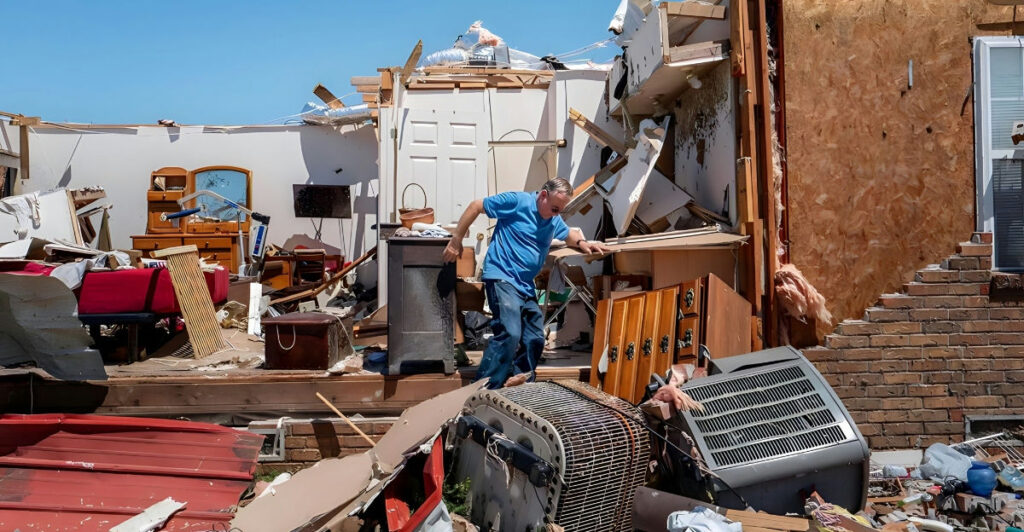
Natural disasters pose significant threats to life, property, and infrastructure. Understanding which states are more vulnerable helps individuals make informed decisions about where to live. This article explores the frequency of natural disasters across different regions in the U.S., highlighting the safest states to consider for relocation in 2024.
Understanding Natural Disasters
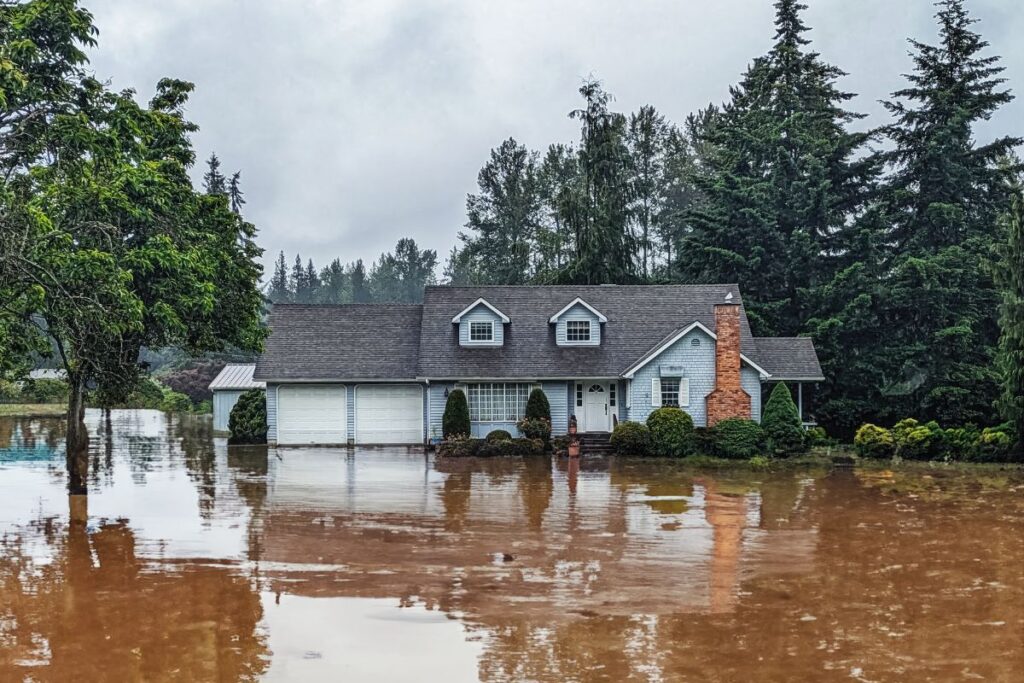
Natural disasters include severe weather events such as hurricanes, floods, wildfires, tornadoes, earthquakes, and winter storms. They often strike unpredictably, causing immense disruption and economic loss. Different U.S. regions face unique risks due to their geography and climate.
Hurricanes

Hurricanes primarily threaten the Southeast and East Coast. They form in tropical and subtropical regions, typically moving west-northwest from the Atlantic. This trajectory makes the Eastern U.S. more vulnerable compared to the Pacific Coast, where hurricanes usually drift out to sea.
Wildfires
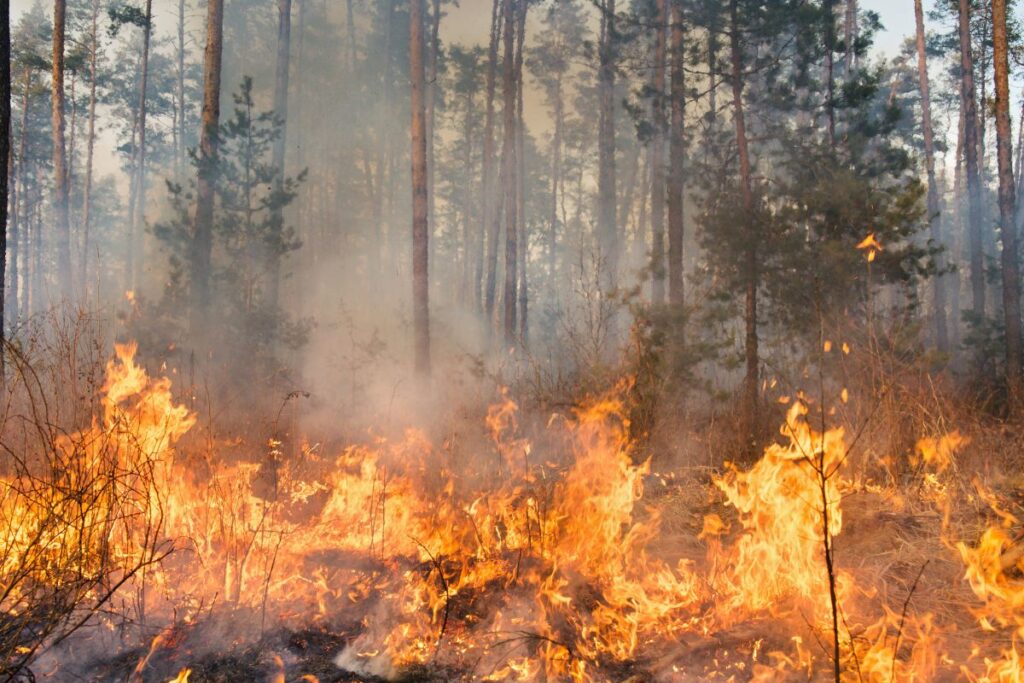
Wildfires are most intense in the western states, especially California. Droughts and high summer temperatures contribute to their frequency and intensity. Although wildfires occur nationwide, their scale and impact in the West garner the most attention.
Factors to Consider When Moving

When evaluating potential relocation spots, consider the types of natural disasters common in each state, the resilience of homes, and available insurance options. Infrastructure and preparedness also play crucial roles in mitigating risks.
States Most Prone to Disasters

Some of the most disaster-prone states include California, Texas, Oklahoma, Washington, and Florida. California, for example, has faced over 280 federally declared disasters since 1953, mainly involving wildfires, floods, and earthquakes. Texas follows closely with over 250 disasters, primarily from floods and hurricanes.
States Least Prone to Disasters
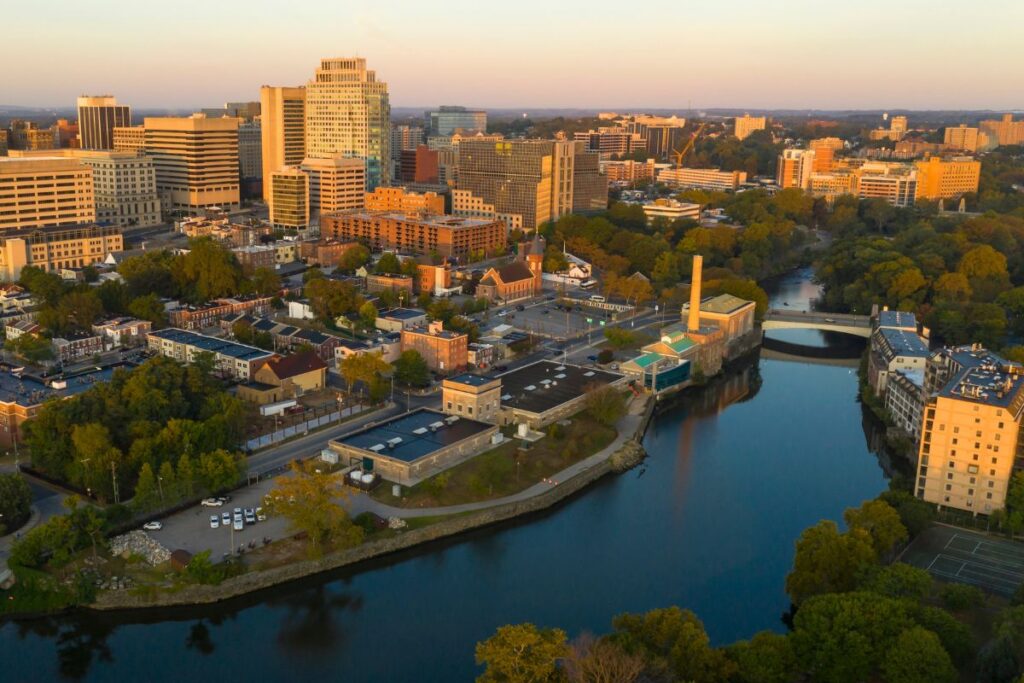
The following states are considered to be fairly safe and low-risk in terms of natural disasters. If you live in a high-risk state and are considering a big move, then these states might interest you.
Michigan
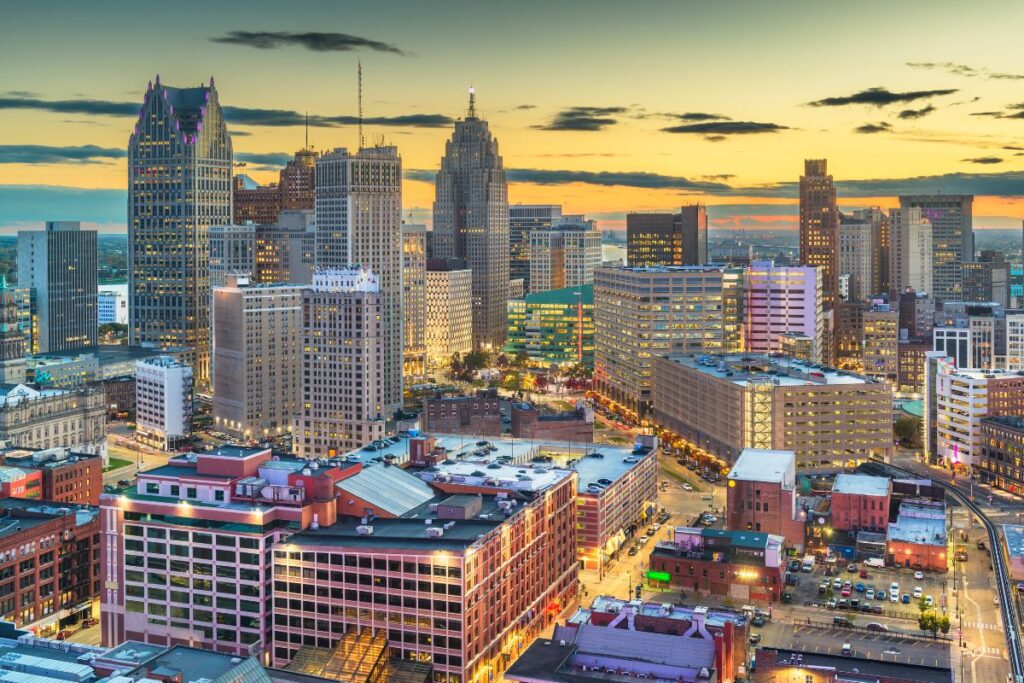
Michigan ranks among the safest states for natural disasters. While tornadoes and earthquakes can occur, they are less severe than in other regions. Its location shields it from hurricanes and other extreme weather events.
Minnesota

Minnesota is another relatively safe Midwest state. Although it experiences occasional flooding and tornadoes, the absence of hurricanes and earthquakes makes it a secure choice. Minneapolis-St. Paul ranks as one of the safest metropolitan areas.
Illinois

Illinois is generally safe from hurricanes, earthquakes, and tsunamis. While heatwaves and occasional flooding occur, the state’s infrastructure and preparedness reduce the impact of these events.
Vermont
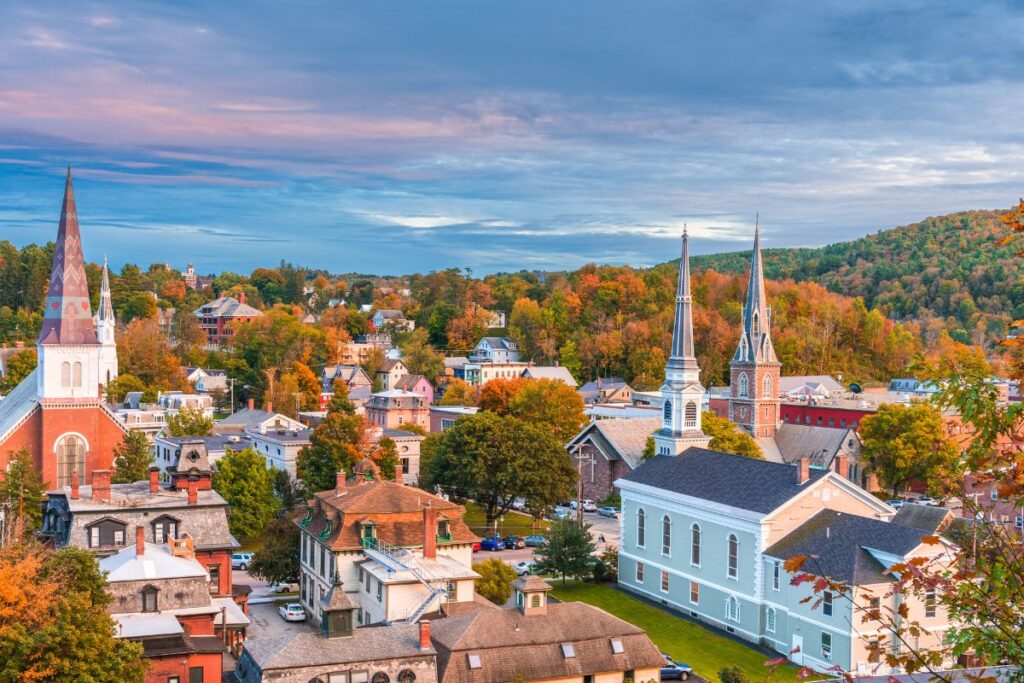
Vermont’s northern location and mountainous terrain protect it from most natural disasters. Known for its strong emergency preparedness, Vermont efficiently handles occasional snowstorms and floods.
Ohio

Ohio’s risk of natural disasters is low, with tornadoes being the primary concern due to its proximity to Tornado Alley. Cities like Cincinnati and Cleveland are among the nation’s safest.
Colorado
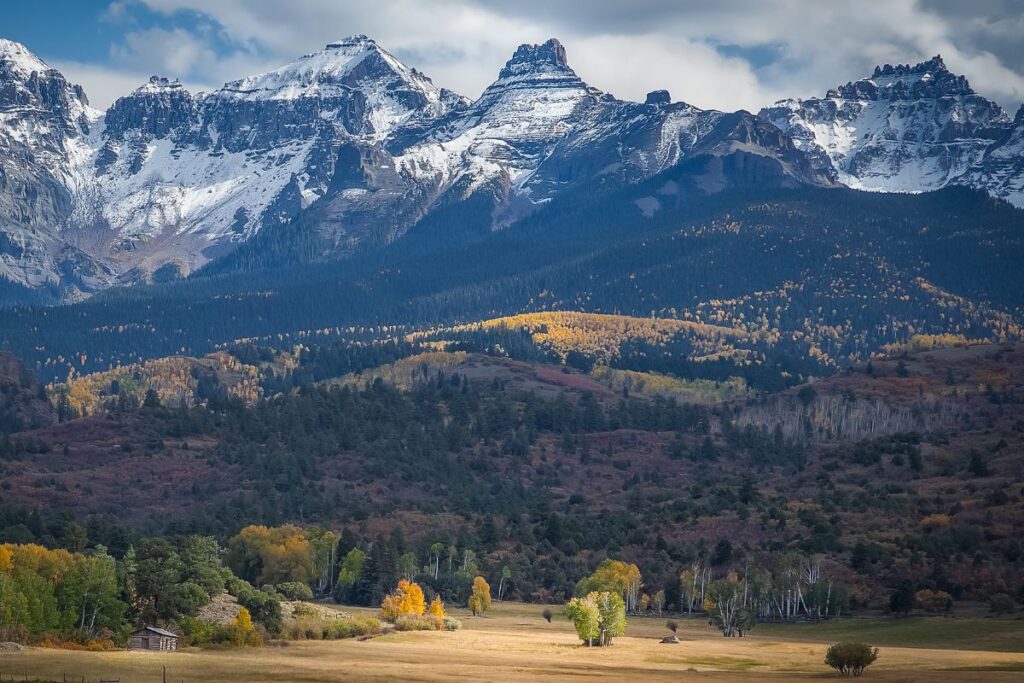
Colorado is relatively safe from hurricanes, earthquakes, and droughts. However, due to its forests and dry conditions, wildfires pose a significant threat. The state’s stunning landscapes come with minimal disaster risk compared to other regions.
Montana

Montana’s geographical diversity, from the Rockies to the Great Plains, shields it from hurricanes and earthquakes. While flooding occurs occasionally, it remains one of the safest states, with only five major floods recorded in the past century.
Maine
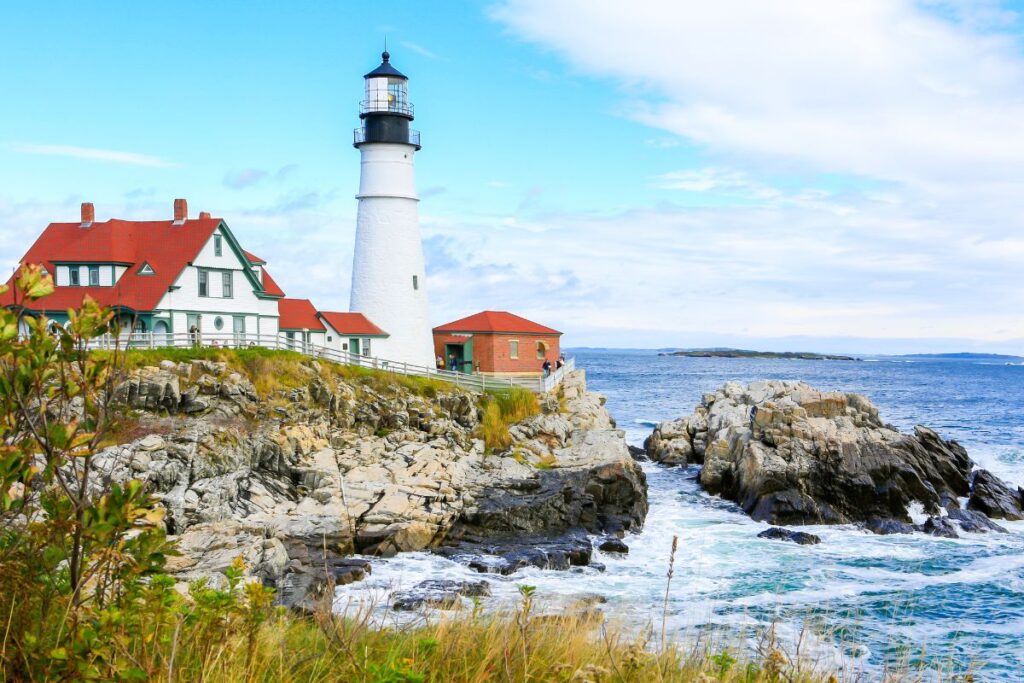
Maine’s northern location protects it from hurricanes that often affect the rest of the East Coast. While it experiences intense snowstorms and summer thunderstorms, the state remains one of the safest places to live. Its preparedness for winter weather ensures residents are well-protected.
Stay connected with us for more stories like this! Follow us to get the latest updates or hit the Follow button at the top of this article, and let us know what you think by leaving your feedback below. We’d love to hear from you!







